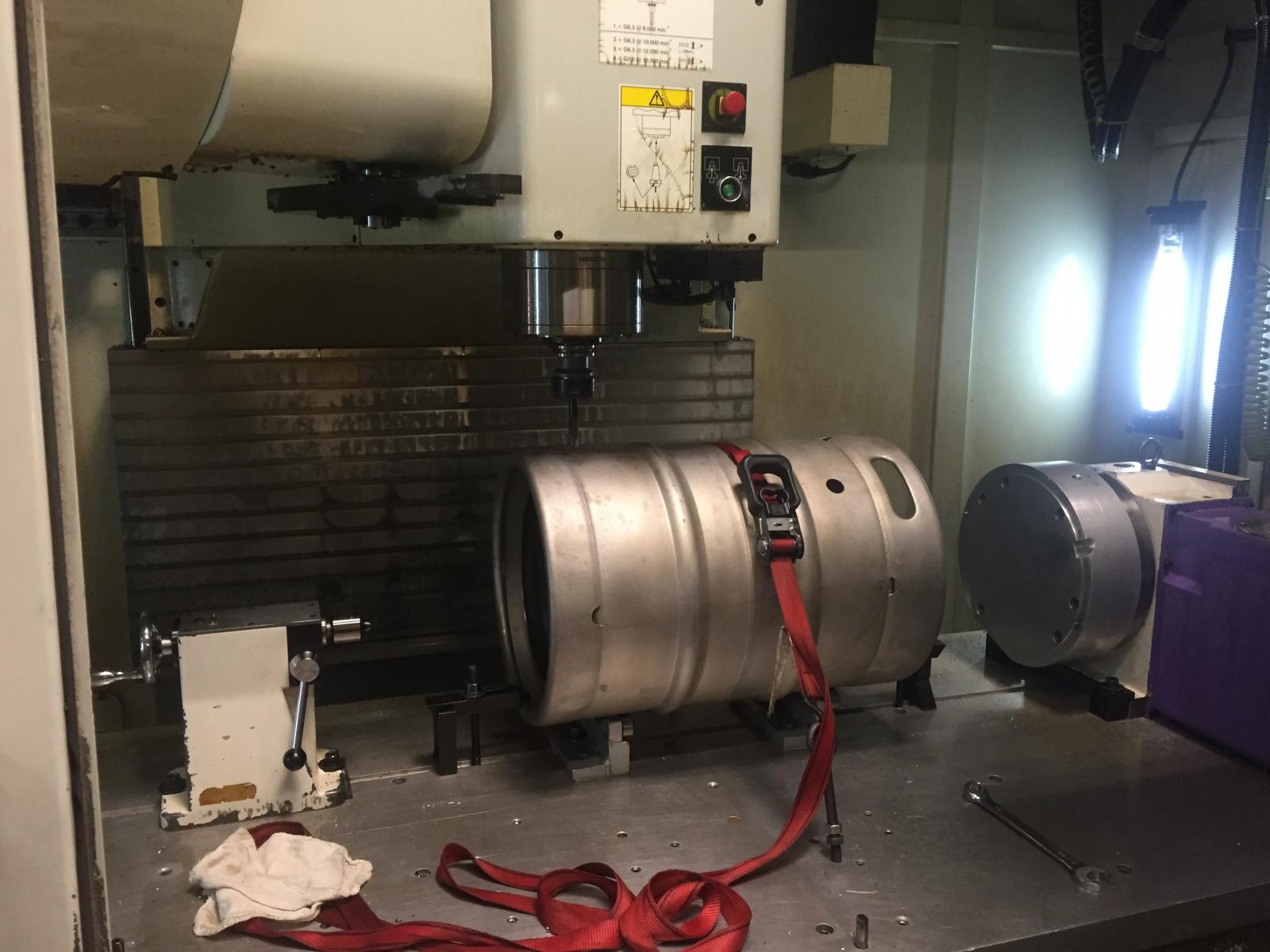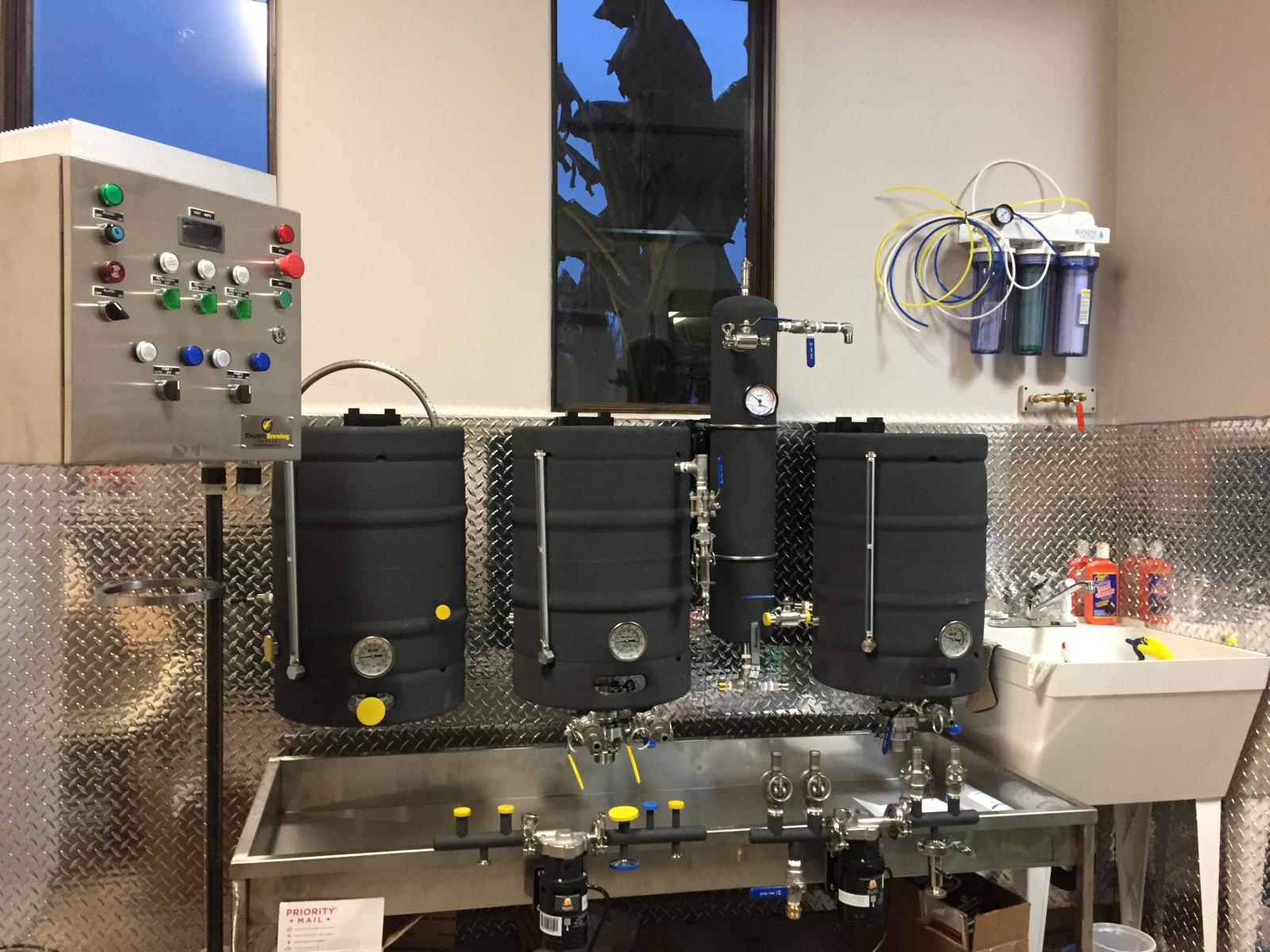So for Christmas I got two very nice 16 gallon kettles, and now I'd like to ruin them by putting a 13/16" hole in each :rockin:
I will be using hand tools to do this, and looking at my options, I think I've narrowed it down to three:
1 - a 13/16" hole punch like https://www.amazon.com/dp/B002NQWZWU/?tag=skimlinks_replacement-20
2 - a 13/16" hole cutter like this one
3 - a step bit like this one
Obviously they all have their pros and cons, and using a good center hole punch and getting a large enough pilot hole drilled is key; however, as this is my first time drilling into stainless, I'm looking for some opinions on which way other folks would go.
I will be using hand tools to do this, and looking at my options, I think I've narrowed it down to three:
1 - a 13/16" hole punch like https://www.amazon.com/dp/B002NQWZWU/?tag=skimlinks_replacement-20
2 - a 13/16" hole cutter like this one
3 - a step bit like this one
Obviously they all have their pros and cons, and using a good center hole punch and getting a large enough pilot hole drilled is key; however, as this is my first time drilling into stainless, I'm looking for some opinions on which way other folks would go.
Last edited by a moderator:





